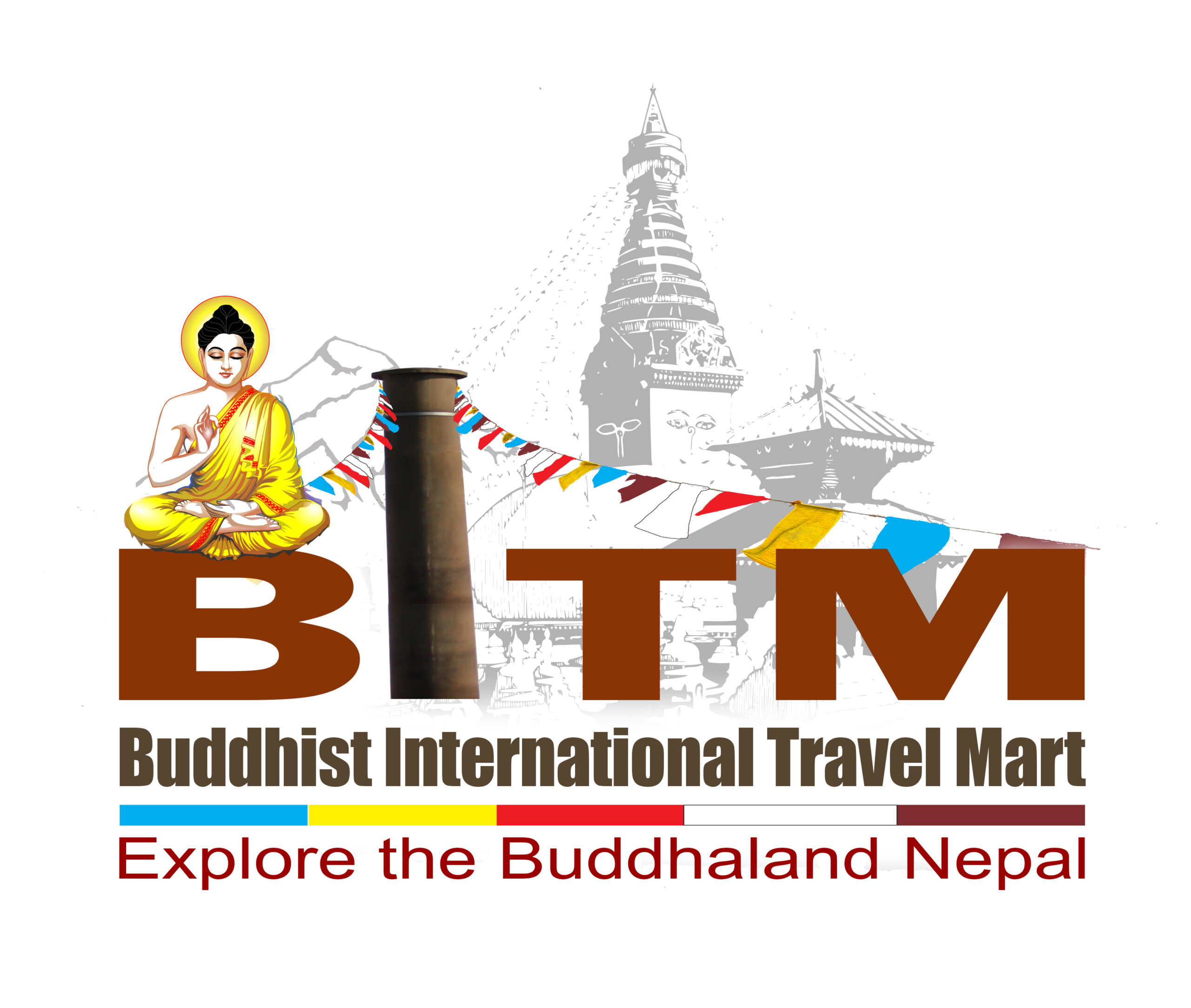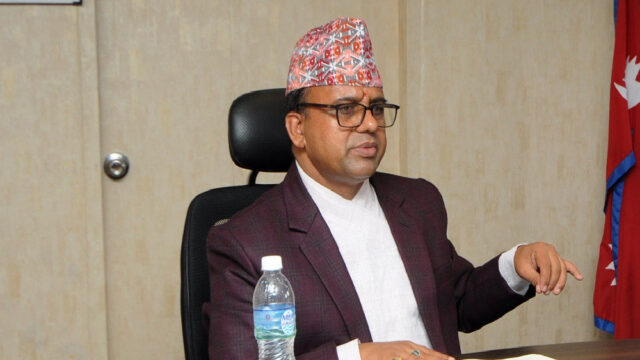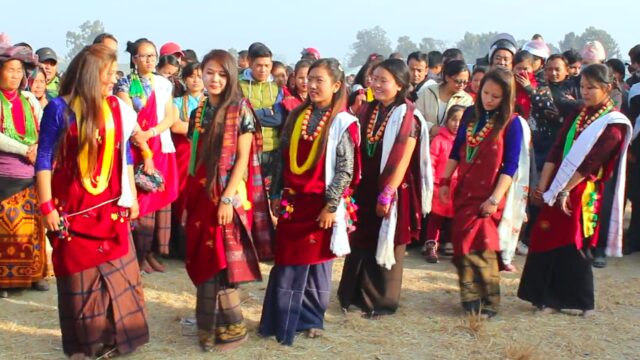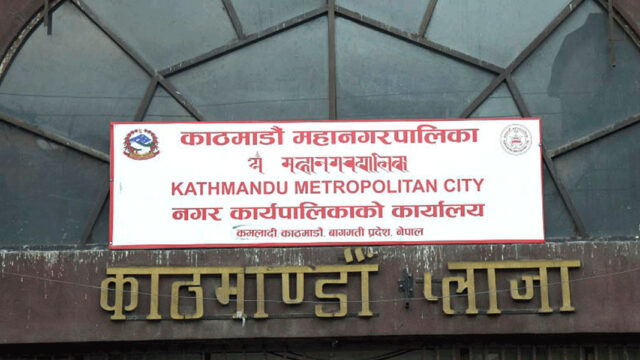The Buddhist International Travel Mart (BITM) is a significant event organized by the Nepal Association of Tour and Travel Agents (NATTA) in partnership with the Nepal Tourism Board (NTB) to promote Nepal as a premier destination for Buddhist pilgrimage. Scheduled from May 23 to 25, 2025, BITM 2025 will take place in both Kathmandu and Lumbini, featuring an international conference, exhibition, B2B sessions, and vibrant cultural programs that highlight Nepal’s rich Buddhist heritage.
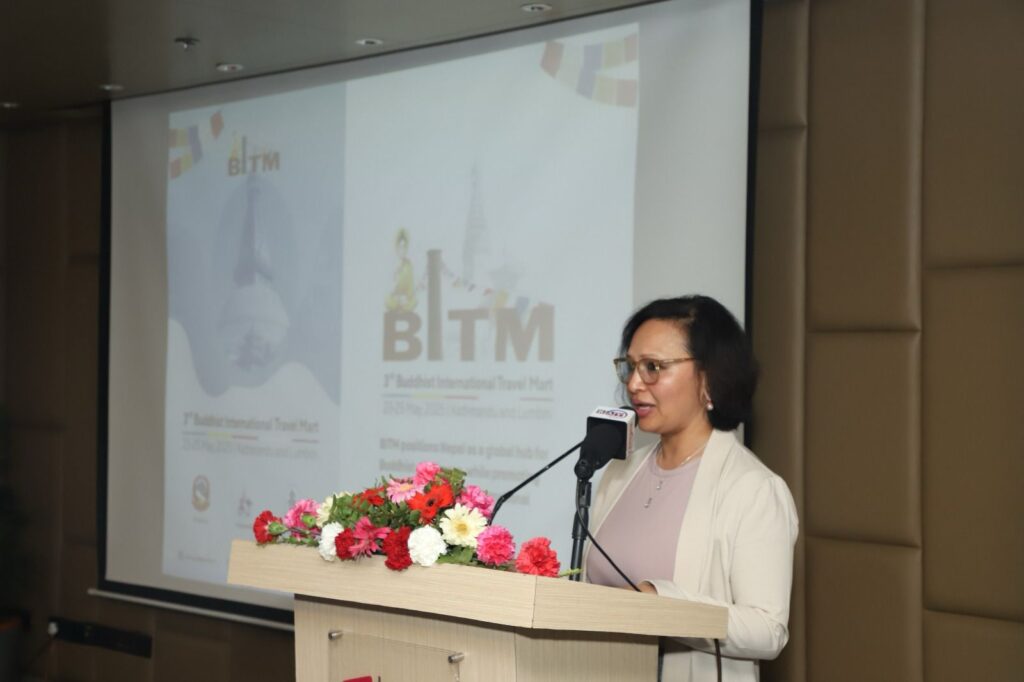
At the heart of BITM’s development is Mrs. Jiswan Tuladhar Shrestha, a dynamic tourism entrepreneur and Managing Director of Swaa Tours & Travels Pvt. Ltd., who currently serves as the Senior Vice President of NATTA. A passionate advocate of cultural diplomacy through tourism, Mrs. Shrestha has played a pivotal leadership and coordination role in shaping BITM. As the third edition of BITM approaches, Mrs. Shrestha shares her valuable insights on Nepal’s expanding potential in spiritual tourism, the event’s evolution, and its anticipated positive impact on local communities and the global Buddhist travel market. We had the privilege of sitting down with her for an insightful discussion on the objectives, growth, and future significance of BITM 2025.
Could you please introduce the 3rd Buddhist International Travel Mart (BITM) and share its primary objectives?
“The Buddhist International Travel Mart (BITM) began as a modest initiative to promote Nepal’s Buddhist tourism potential,” Ms. Shrestha explained. “Our core objective has always been to echo the message of peace and compassion embodied by Lord Buddha, who was born in Lumbini, Nepal. The 3rd edition of BITM is a step forward in amplifying that message globally while also providing a professional networking platform for tour operators, pilgrims, spiritual seekers, and Buddhist tourism stakeholders.”
How does BITM 2025 aim to highlight Nepal’s Buddhist heritage on the global tourism map?
“We are shifting our focus from just promoting iconic destinations like Lumbini,” she noted. “Nepal has a vast, untapped Buddhist heritage across its provinces, Swayambhunath, Boudhanath, Kapan Monastery, Namo Buddha, the White Monastery, and more. BITM 2025 is about spotlighting these hidden gems and creating a structured narrative around their significance to global Buddhist communities.”
What are the unique features or new initiatives being introduced in this third edition compared to previous years?
“In earlier editions, we focused mainly on national exhibitors and invited international buyers for B2B meetings,” she said. “This time, we’re scaling up. We are engaging with Buddhist tourism operators from countries like Sri Lanka, Thailand, and Malaysia. Also, we’re opening participation to all Nepali stakeholders, travel agents, hoteliers, and tourism entrepreneurs, so they can showcase their offerings to an international audience. It’s a hybrid of exhibition and live buyer-seller interactions, similar to global travel marts like FITUR.”
How will the event contribute to the local communities in Kathmandu and Lumbini economically and culturally?
“Events like BITM don’t just bring visitors, they create experiences,” Ms. Shrestha remarked. “When international delegates attend, they often stay longer than the event itself, exploring nearby sites and supporting local businesses, restaurants, souvenir shops, and guides. Culturally, the exchange of ideas and values strengthens global awareness of Nepal’s spiritual depth. Kathmandu and Lumbini stand to gain both economically and culturally.”
Could you elaborate on the role of NATTA in organizing BITM and how they collaborate with international partners?
“NATTA plays a pivotal role,” she affirmed. “As organizers, we ensure professional execution, but we don’t work alone. BITM is backed by institutional support from the Nepal Tourism Board and supported by international tourism boards and Buddhist organizations. We carefully vet international participants, ensuring that only authentic buyers with credible business profiles are invited. This way, the engagement remains high quality and fruitful.”
What kind of participation or response do you expect from international tour operators, spiritual tourists, and Buddhist pilgrims?
“We’ve seen growing interest from countries where Buddhism is deeply rooted, Myanmar, Vietnam, Cambodia, China, India, Thailand, Bhutan, and Japan,” she said. “We’re expecting over 100 international buyers. For spiritual tourists and pilgrims, Nepal is not just a destination; it’s a journey of inner awakening. BITM gives them a lens to explore new pilgrimage circuits and spiritual retreats beyond the usual.”
How does BITM integrate cultural preservation with modern tourism promotion?
“We believe modern tourism can co-exist with heritage preservation if it’s done responsibly,” Ms. Shrestha emphasized. “BITM is not just about footfall, it’s about meaningful travel. We educate our stakeholders on sustainable tourism, support local artisans and monasteries, and promote storytelling that respects the spiritual sanctity of sites. We’re also curating authentic experiences that maintain cultural integrity.”
Are there any planned workshops, seminars, or interactive sessions during the event that visitors should look forward to?
“Yes, we are organizing thematic seminars on Buddhist pilgrimage trails, heritage conservation, and digital marketing for spiritual tourism,” she shared. “There will also be workshops on how local entrepreneurs can build Buddhist-centric tourism products. These interactive forums will foster knowledge sharing among global experts and grassroots-level businesses.”
In what ways will BITM help Nepal diversify its tourism sector beyond traditional trekking and adventure tourism?
“Nepal is globally known for Everest and Annapurna,” she acknowledged, “but we’re also a land of living traditions. Buddhist tourism offers a path to diversify our offerings, including spiritual retreats, wellness tours, and cultural heritage circuits. BITM is positioning Nepal not just as a land of mountains, but as a sanctuary for spiritual and cultural journeys.”
What message do you have for local stakeholders and international tourists about the importance of BITM and Nepal’s Buddhist tourism?
“To the local tourism industry, I urge you to see Buddhist tourism not just as a business opportunity, but as a chance to preserve and share our heritage,” Ms. Shrestha concluded. “To international travelers, Nepal invites you to walk in the footsteps of Buddha, discover untouched spiritual sites, and connect with centuries-old wisdom. BITM 2025 is more than an event; it’s a bridge of peace, learning, and global friendship.”
The in-depth interview with Ms. Jiswan Tuladhar Shrestha reveals the thoughtful planning, vision, and cultural intent behind the 3rd Buddhist International Travel Mart. She highlights how BITM 2025 aims to showcase Nepal’s rich spiritual heritage and foster meaningful connections among global Buddhist travelers. The event reflects a strategic effort to boost spiritual tourism while benefiting local communities. Through BITM, Nepal is set to strengthen its position as a premier pilgrimage destination. With this, Nepal confidently prepares to share its legacy of hospitality and culture with the world.
